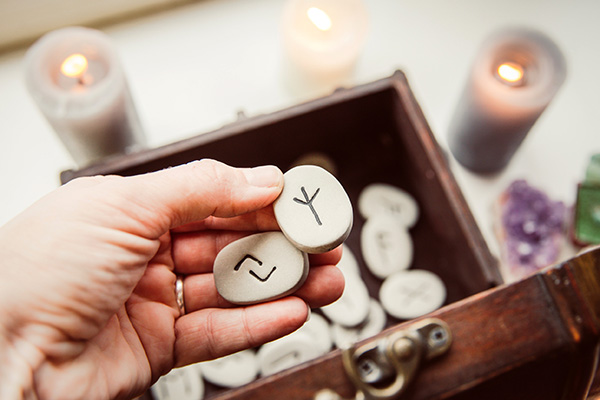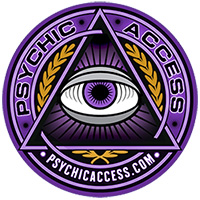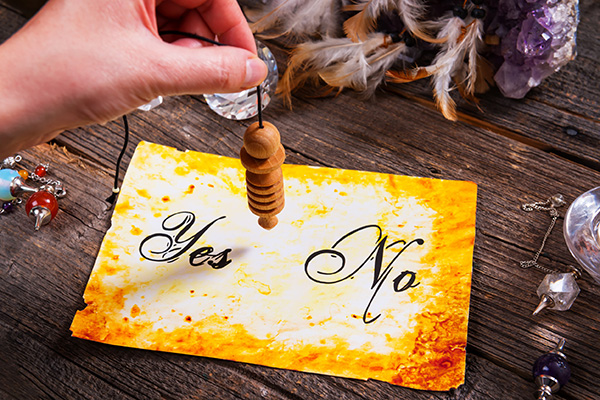The Path of Self-Improvement and Evolution for a Spiritual Messenger
 As a psychic medium engaged in my profession, there are occasions when I share impactful readings with individuals that remind me of my decision to pursue this path. Those instances serve as significant markers for my personal spiritual journey. My meeting today with a client I hadn’t seen in years was one of these important experiences.
As a psychic medium engaged in my profession, there are occasions when I share impactful readings with individuals that remind me of my decision to pursue this path. Those instances serve as significant markers for my personal spiritual journey. My meeting today with a client I hadn’t seen in years was one of these important experiences.
It had been over thirteen years since our last conversation. Time had progressed for both of us. However, as is often the case, spirit had perfect timing.
Despite the lengthy time span, she managed to discover my contact information from an article I authored almost fifteen years prior. Normally, she doesn’t retain such things, making her discovery even more surprising.
Was it merely chance? Or perhaps a gentle prompt from the spirit realm? I firmly believe that her family members in spirit orchestrated this whole occurrence, intertwining strands of fate to reunite us.
Right from the start of our session, the atmosphere was charged with energy. Our bond was immediate, as if no time had elapsed. It felt just as enchanting as when she first came to my home in South Africa ages ago.
Her spirit guides seemed to gather eagerly, as if they had been anticipating this moment for a long time. Her deceased father was the first to make his presence felt, offering clear details, such as his unmistakable confidence and a specific hand gesture she recognized immediately.
The reading was brimming with laughter, which spirit truly appreciates. The happiness and heightened energy only strengthened our connection and broadened the communication channel. As the energy intensified, more proof and heartfelt messages flowed without effort.
Without service, we would lack a robust quality of life. This is significant for both the individual who provides the service and the one who receives it. It is how we ourselves evolve and grow ~ Dorothy Height
Alongside laughter and confirmations, there was also comfort and healing. She had faced numerous years of emotional, physical, and financial challenges. Witnessing her uplifted spirit and sensing the burden lift from her heart reaffirmed my deeper purpose.
This is my reason for serving. It is why I persist in learning, expanding, and evolving. It reignited something within me. I was reminded of the essential nature of ongoing development, even for seasoned psychics and mediums.
I feel fortunate to currently be a member of a small, nurturing development group led by an extraordinary medium. She possesses years of experience, and her humility enriches her teaching. Under her mentorship, we explore new dimensions of spirit communication in a consistently safe and uplifting space.
She frequently reminds us that mediumship growth is less about perfection and more about presence. She gently encourages us to step out of our comfort zones and delve deeper into the unseen realms. During each session, we focus on identifying each spirit’s age, gender, character, idiosyncrasies, and the unique impressions they make.
At times, they share memories, significant dates, or personal details. Other moments reveal the challenges they encountered during their earthly lives or provide apologies and insights to foster healing for those who remain here.
An impactful part of our training is learning to sustain the connection for extended durations. Once we perceive a presence, we’re urged to fortify the bond. The aim is to convey their love, truth, and continual presence. This often involves details that only the client would recognize, such as names, locations, cherished items, and even their humor.
At times, spirits communicate specific physical sensations reminiscent of what they experienced in their final moments. Whether it’s an ache in the chest, confusion, or sudden emotions, such sensations provide meaningful clues.
Every individual has a purpose in life and a distinct talent to share with others. When we combine this unique gift with service to others, we experience the euphoria and elation of our spirit, which is the ultimate aim of all endeavors ~ Kallam Anji Reddy
Perhaps most moving, is when a spirit assures a client that their absence during a loved one’s transition was not a mistake. Many clients grapple with guilt over their absence at the end, and spirits often come through to relieve them of that weight.
It is crucial to express gratitude to spirit at the conclusion of each session. It’s no small feat for them to lower their energy to connect with ours. Experienced mediums have often informed me that this endeavor can exhaust those in the spirit realm. It’s akin to descending into heavier energy, a process frequently facilitated by other spiritual guides. Offering thanks honors their bravery and commitment to making the connection.
In this sacred practice, complacency poses an obstacle to growth. It’s easy to presume that mastery is achieved through experience. Nonetheless, spirit communication is a dynamic art that grows alongside us. Each reading, each connection, and each moment of quiet reflection provides a lesson. The greater our commitment to our growth, the more finely tuned we become as channels through which spirits can communicate.
We serve not merely as messengers; we act as bridges. Much like any reliable bridge, we need maintenance, reinforcement, and support to bear the weight of our sacred responsibility. Whether through mentorship, circle work, meditation, or personal introspection, development ensures we remain aligned with the highest principles of our calling.
My reading with my long-time client served as a beautiful reminder of this truth. Her loved ones brought immense joy and healing not only to her but to me as well. It represented a full-circle experience that illustrated how spirit is perpetually at work behind the scenes, nudging and directing us, reminding us we are never truly alone.
The moral of this story is clear yet profound: our journey as psychics and mediums is never fully complete. The path is eternal, much like the soul itself. Each step we take brings us closer to becoming the clearest and most loving channel we can be.
|
Shani is a certified expert in Reiki, aromatherapy, reflexology, body spin, and animal telepathy who received her psychic training at the Arthur Findlay College of Psychic Research in England. A published author, her writings and forecasts have appeared in numerous reputable magazines and psychic websites, and she has provided readings for many celebrities and even political figures in Africa. Due to her empathy, individuals find it easy to connect with her. Every month, she participates in a psychic circle, and the insights that come through from Spirit never fail to astonish everyone present. Although she was born in London, Shani has traveled extensively and mastered the practice of African Mysticism, infusing her unique essence into her sessions for those seeking her remarkable skills. Throughout her travels, she has discovered a common yearning among clients to connect with the essence of their being. Experience a reading with Shani at PsychicAccess.com. |
Personal growth and development are vital components of life that enhance our overall happiness and fulfillment. For a spirit messenger, this journey is even more crucial as it significantly influences their ability to connect with the spiritual realm and convey messages of guidance and healing to others.
The journey of personal growth and evolution for a spirit messenger is an ongoing process of self-discovery, healing, and transformation. It entails probing deep within oneself, facing fears and limiting beliefs, and fostering a profound connection with the divine.
A primary focus of personal growth for a spirit messenger is building a robust sense of self-awareness. This includes recognizing one’s thoughts, emotions, and behaviors, and understanding how they impact the ability to connect with the spiritual realm. By cultivating self-awareness, a spirit messenger can gain better insight into their strengths and areas for improvement, enabling them to overcome the barriers that may impede their spiritual progress.
Another critical element of personal growth for a spirit messenger involves healing past traumas and wounds. Numerous spirit messengers have encountered difficult life experiences that have left emotional scars and blockages in their energy field. By addressing and mending these wounds, a spirit messenger can purify their energy field and more accurately receive messages from the divine.
In addition to healing past wounds, personal growth for a spirit messenger encompasses forging a strong bond with the divine. This connection can be nurtured through practices such as meditation, prayer, and energy work, which align the spirit messenger’s energy with that of the divine and enhance their capacity to receive messages from the spiritual domain.
As a spirit messenger continues along their journey of personal growth and development, they may also feel called to step into their true life purpose and mission. This could involve utilizing their gifts and abilities to assist others, whether through providing spiritual advice, healing, or support. By embracing their true calling and mission, a spirit messenger can discover immense fulfillment and joy in their work, fully aware of the positive influence they have on the lives of others.
In summary, the path of personal growth and development for a spirit messenger is a transformative and empowering odyssey that encompasses self-discovery, healing, and spiritual connection. By fostering self-awareness, healing past traumas, and cultivating a strong connection with the divine, a spirit messenger can enhance their capacity to engage with the spiritual realm and convey messages of guidance and healing to others. By fully embracing their true purpose and mission, a spirit messenger can attain profound fulfillment and joy in their work, conscious of the positive impact they create in the world. Continue reading


















